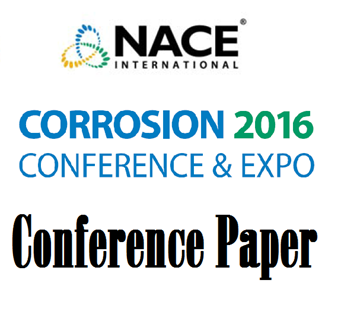Search
51316-7209-Evaluation of Full Size C110 Premium Casing Connections Fit-for-Purpose Performance in Mildly Sour Environment
Also Purchased
51314-3787-Failure Investigation of a C110 Connection from a High Pressure High Temperature Well
Product Number:
51314-3787-SG
ISBN:
3787 2014 CP
Publication Date:
2014
$0.00
51316-7203-The Effect of Notch Configuration on NACE TM0177 DCB Elastic Compliance and Recommendations for Futu
Product Number:
51316-7203-SG
ISBN:
7203 2016 CP
Publication Date:
2016
$20.00
51316-7199-Documented Evidence of Significant Metal Loss in Aluminum Crevice Corrosion
Product Number:
51316-7199-SG
ISBN:
7199 2016 CP
Publication Date:
2016
$20.00




